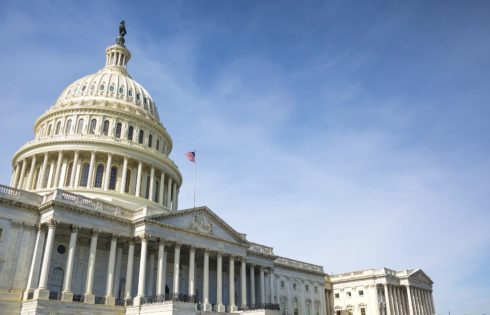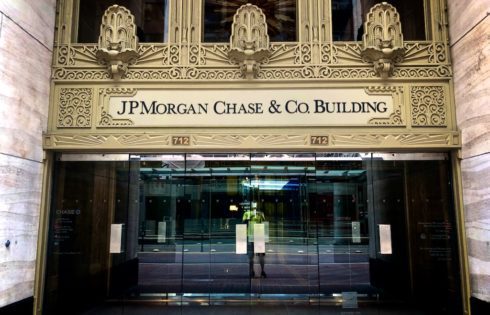
Stimulus package approved by House of Representatives
The United States House of Representatives just passed the CARES act which is the largest stimulus package ever passed through the United States government. This is the $2 trillion package

The United States House of Representatives just passed the CARES act which is the largest stimulus package ever passed through the United States government. This is the $2 trillion package

As many of you are aware, Congress is currently finalizing a package of aid worth $2 trillion that will be aimed at helping the economy recover. We’ve already heard some

Based on a memo that was sent out to employees, Chase is closing 20% of their branches around the country due to ongoing threats of spreading the coronavirus. Chase is

Last week, I wrote about the Equifax settlement that allowed eligible folks to make a claim for $125 in cash (or more). Well, it turns out that the Equifax settlement

The Equifax data-breach lawsuit has settled and there is a high chance that you are eligible for at least $125 in compensation. Filing a claim is quick and easy so
At the Worldwide Developer Conference 2017 (WWDC17) Apple announced it’s going to release a new person-to-person payment system with iOS 11 this fall. The new payment system will allow you
| Cookie | Duration | Description |
|---|---|---|
| cookielawinfo-checkbox-analytics | 11 months | This cookie is set by GDPR Cookie Consent plugin. The cookie is used to store the user consent for the cookies in the category "Analytics". |
| cookielawinfo-checkbox-functional | 11 months | The cookie is set by GDPR cookie consent to record the user consent for the cookies in the category "Functional". |
| cookielawinfo-checkbox-necessary | 11 months | This cookie is set by GDPR Cookie Consent plugin. The cookies is used to store the user consent for the cookies in the category "Necessary". |
| cookielawinfo-checkbox-others | 11 months | This cookie is set by GDPR Cookie Consent plugin. The cookie is used to store the user consent for the cookies in the category "Other. |
| cookielawinfo-checkbox-performance | 11 months | This cookie is set by GDPR Cookie Consent plugin. The cookie is used to store the user consent for the cookies in the category "Performance". |
| viewed_cookie_policy | 11 months | The cookie is set by the GDPR Cookie Consent plugin and is used to store whether or not user has consented to the use of cookies. It does not store any personal data. |
